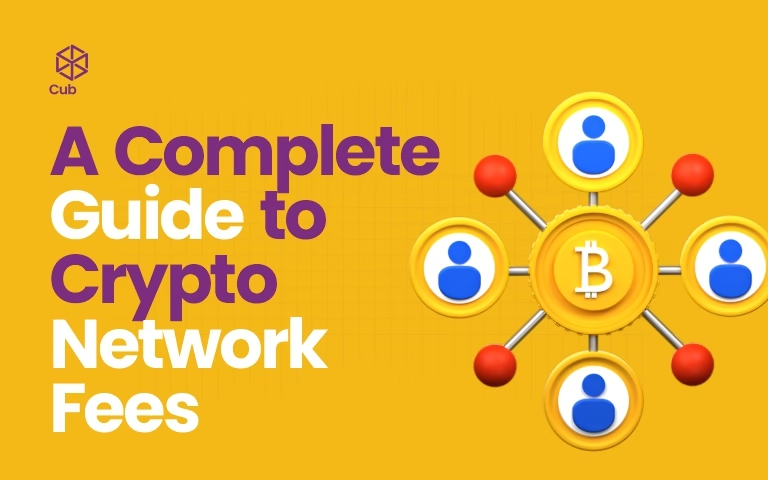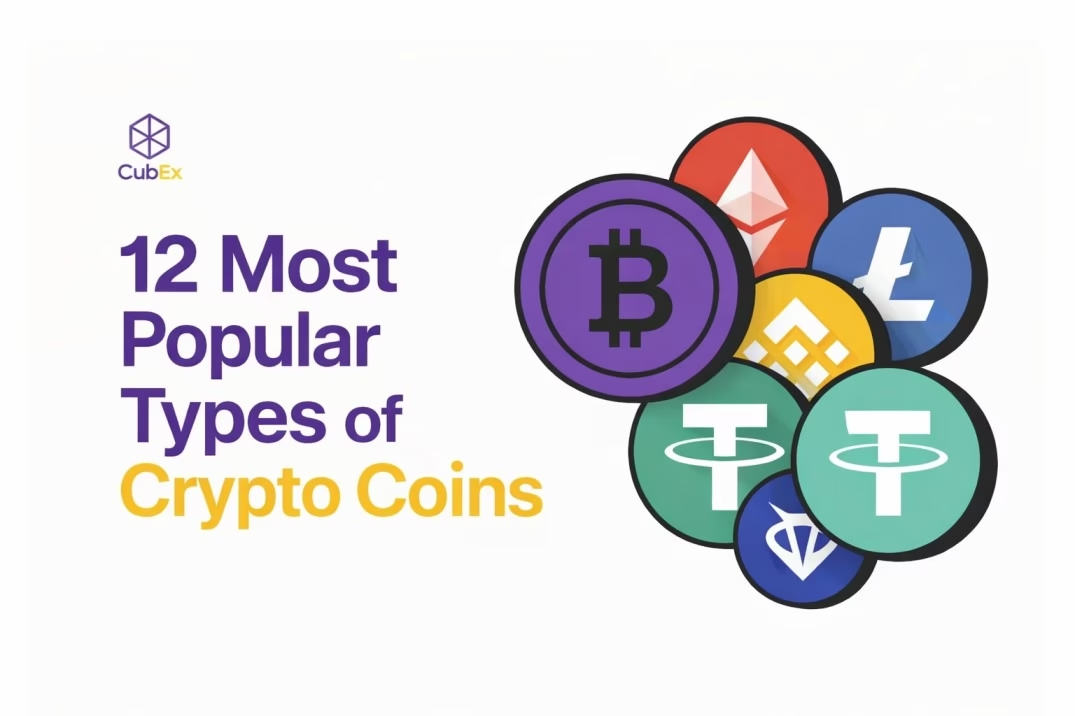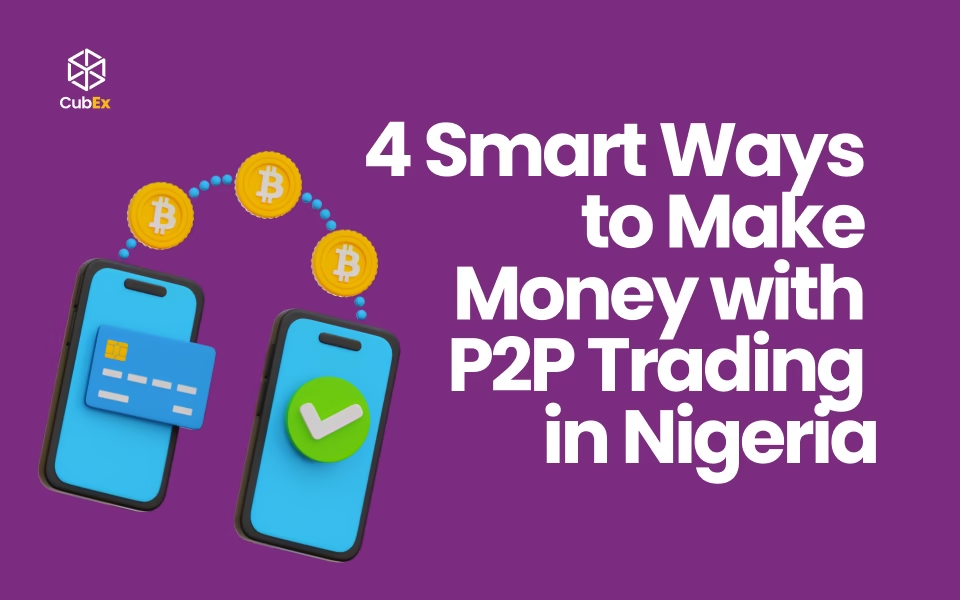
- Cryptocurrency
- By Cubex
A Complete Guide to Crypto Network Fees
As the world of cryptocurrency continues to grow, more people are diving into trading, transferring, and holding digital assets. But one term that often causes confusion especially for beginners is “network fees.” Whether you’re sending Bitcoin, swapping tokens on Ethereum, or moving assets across a DeFi platform, network fees are an essential part of the experience.
In this complete guide, we’ll break down what crypto network fees are, how they work, why they vary, and how you can manage or reduce them.
What Are Crypto Network Fees?
Crypto network fees, also known as transaction fees, are payments made to blockchain networks to process and validate transactions. These fees go to miners or validators, who use computational power or stake to confirm transactions and secure the network.
Without network fees, there would be no incentive for anyone to keep the blockchain running smoothly.
Why Do Network Fees Exist?
- Compensate Validators: Validators (in Proof-of-Stake) or miners (in Proof-of-Work) spend resources to validate transactions. Fees reward them for their efforts.
- Prevent Spam: Fees discourage users from overloading the network with unnecessary transactions.
- Prioritize Transactions: Higher fees often mean faster processing, as validators tend to confirm transactions that pay more.
How Are Network Fees Calculated?
The way fees are calculated depends on the blockchain network:
Bitcoin (BTC):
- Fees are based on transaction size in bytes, not the amount of BTC.
- Congestion increases fees, as users compete to have their transactions included in the next block.
Ethereum (ETH):
- Uses gas fees, which are based on computational effort.
- Total Fee = Gas Units x Gas Price (in Gwei)
- Network congestion can cause gas prices to spike.
Solana, Polygon, and Tron:
- These networks are known for low fees, often just a few cents or less per transaction.
- Their design and consensus models are optimized for speed and cost efficiency.
Why Do Network Fees Fluctuate?
Several factors influence the cost of network fees:
- Network Congestion:
When many users transact at once (like during a bull market), fees can skyrocket. - Smart Contract Complexity:
On platforms like Ethereum, more complex interactions (e.g., using DeFi apps) cost more gas. - Blockchain Design: Some blockchains naturally have higher or lower fees based on how they’re built.
Tips to Reduce or Manage Network Fees
- Choose the Right Time to Transact: Use your wallet or block explorer to check current network fees. Transact during off-peak hours to save money.
- Use Layer-2 Solutions: Ethereum Layer-2s like Arbitrum, Optimism, and zkSync offer much lower fees.
- Batch Transactions: If possible, combine multiple actions into one transaction to save on cumulative fees.
- Choose Low-Fee Chains: Networks like Solana, Polygon, Tron, and BNB Chain are popular for their low-cost transactions.
- Use Fee Estimators: Tools like Etherscan Gas Tracker or your crypto wallet’s fee estimator can help you plan and avoid overpaying.
Do All Wallets Show Network Fees Upfront?
Not always. Some wallets display fees transparently, while others may bundle them into the final cost. Always double-check the “network fee” or “gas fee” section before confirming a transaction.
Are Network Fees the Same as Exchange Fees?
No.
- Network fees go to the blockchain validators or miners.
- Exchange fees (like those from Binance or Coinbase) are platform-specific and used to maintain their services.
When withdrawing from an exchange, you may pay both.
Conclusions
Understanding network fees is crucial for anyone transacting in crypto. While they may seem like an annoying extra cost at first, they serve an important role in keeping decentralized networks secure and efficient.
By learning how fees work and how to manage them, you can make smarter, more cost-effective decisions as you navigate the world of blockchain technology.
Related: Dogecoin vs. Tron: Understanding the Main Differences

12 Most Popular Types of Crypto Coins

